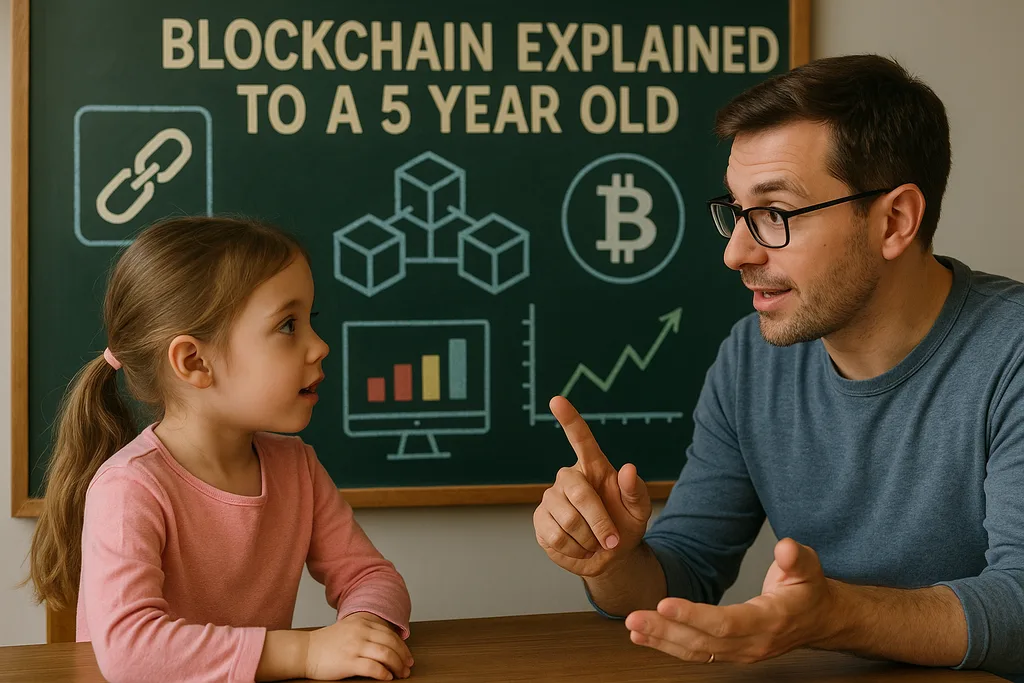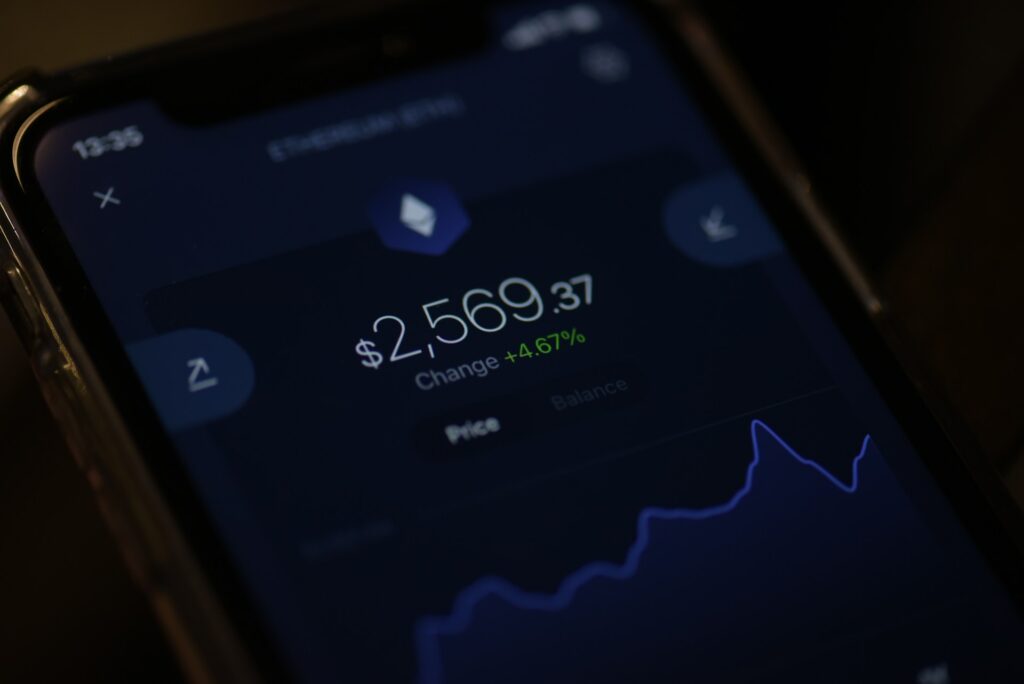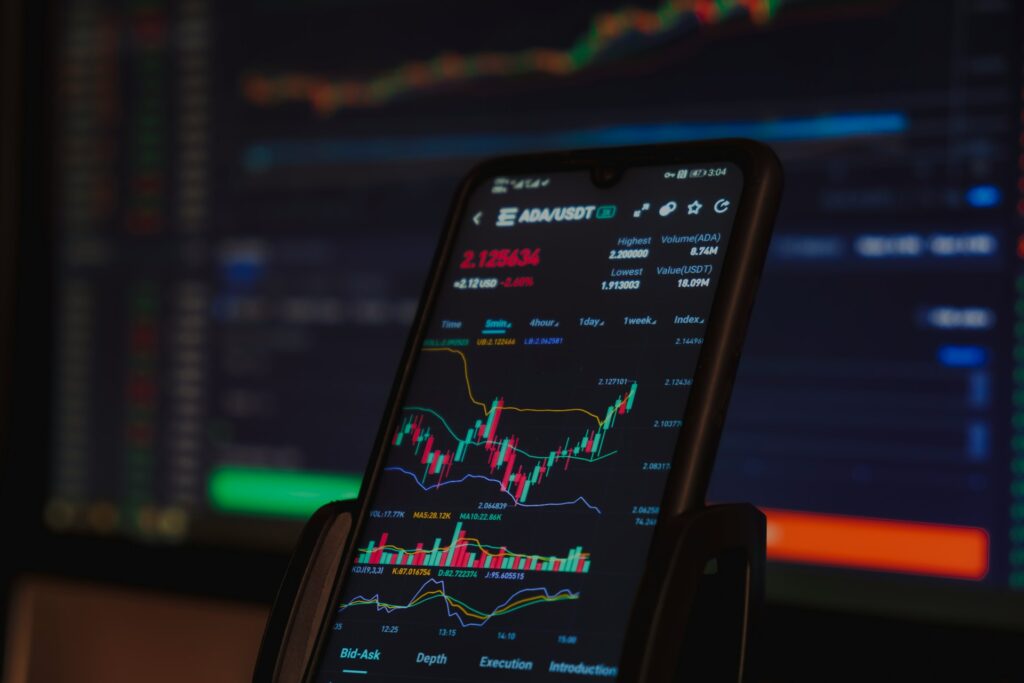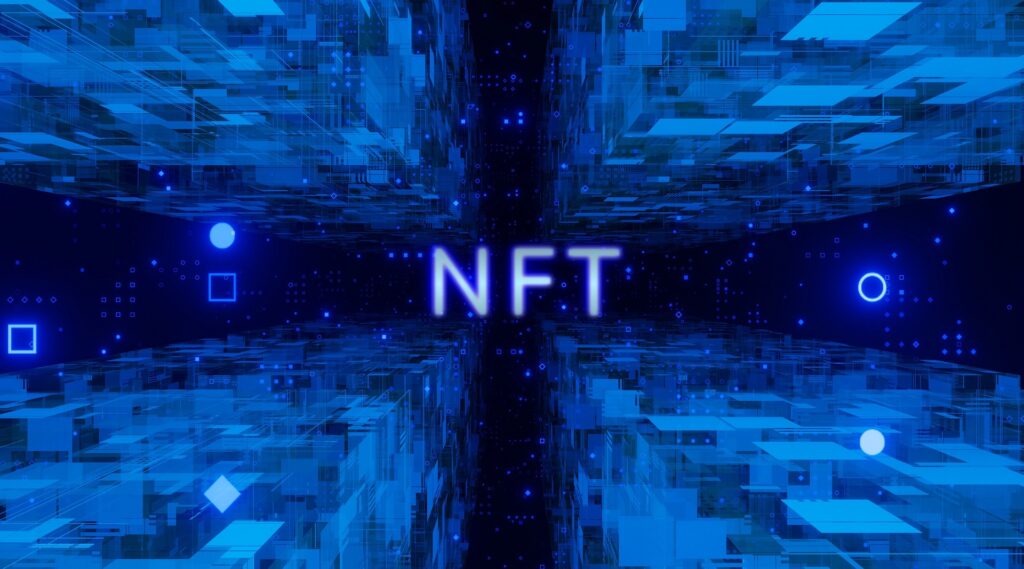A few weeks ago, my 5-year-old nephew asked me, “What is blockchain? Is it something you use to build things?” He had overheard someone talking about it on the news. Instead of giving him a tech-heavy answer, I picked up his Lego blocks and told him a story.
“Imagine every time you and your friends build something with Legos, you take a photo of it and glue it into a giant scrapbook. You can’t remove a photo once it’s in, and everyone has the same scrapbook. That’s kind of how blockchain works.”
He stared at me for a second, then said, “So… like a magic notebook for everyone?”
Exactly!
If you’ve ever been confused by the word “blockchain,” you’re not alone. It’s one of those fancy tech words that gets thrown around a lot, but most people can’t explain it simply. So in this post, I’m going to break it down for you as if you’re 5 years old, or just want to finally understand it without the jargon.
What is a blockchain? A simple explanation
Let’s say we’re playing a game
Imagine you and your friends are playing a game where you earn gold stars for doing good things, helping clean up, sharing toys, or finishing your homework.
Now, every time someone earns a gold star, you write it down on a piece of paper. But here’s the fun part:
- You can’t erase it once it’s written.
- Everyone gets a copy of the same list.
- Before adding a new gold star, everyone has to agree that it’s real.
That’s exactly how blockchain works.
Instead of gold stars, think of information being added. It could be:
- Who owns some money
- Who bought a house
- Who voted in an election
Each list is a block, and when we’re done with one list, we add another one on top. Soon, we will have a chain of blocks, or a blockchain.
How the blocks actually work (without the techy stuff)?
Let’s break it down a little more. Here’s how things happen step-by-step:
| Step | What Happens |
|---|---|
| 1. Someone does something | Like sending money, earning points, or buying a toy |
| 2. Everyone sees it | Just like all the kids watch when someone gets a gold star |
| 3. Everyone agrees | “Yes, we saw that happen!” |
| 4. It’s written down | The event goes into a block |
| 5. The block is sealed | Like gluing the page into your scrapbook |
| 6. It’s shared everywhere | Everyone gets the updated scrapbook |
This way, nobody can cheat or change things secretly. It’s all open, honest, and shared.
Why is blockchain important?
At first, this might just sound like a fun idea for kids, but here’s why adults are super excited about it:
1. Nobody is the boss of the data
There’s no single person or company in charge. It’s not like a school teacher who keeps the only list of gold stars. Everyone sees the same information, so nobody can lie or cheat.
2. You can’t fake it
If you tried to sneak in a fake gold star for yourself, the others would notice and reject it. In blockchain, if someone tries to lie, the network simply doesn’t accept the block.
3. It’s super secure
The data is locked in a way that makes it nearly impossible to change without everyone knowing. Think of it like writing with a magical pen that alerts everyone if you try to erase anything.
Real-world examples (and how they relate to our story)
Let’s look at some grown-up things where blockchain is actually used, and relate them back to our kids’ game.
| Real-life Use | Kid-friendly Example |
|---|---|
| Bitcoin and cryptocurrency | Giving out digital gold stars instead of paper ones. |
| Supply chain tracking | Knowing exactly where your toy was made, packed, and delivered. |
| Voting systems | Making sure no one cheats during a class election. |
| Medical records | Keeping your health records safe like a magic notebook that only trusted people can see. |
| NFT ownership | Owning your artwork just like being able to prove, “Hey, that drawing really is mine!“. |
Redditors often describe blockchain as a “truth machine.” Once something goes in, it’s locked in for good, and everyone knows what happened.
But wait… is it really that perfect?
Okay, now here’s where we talk about the tricky part.
A lot of people online, especially on Reddit, agree that blockchain sounds awesome, but they also point out a few things:
- It uses a lot of energy, especially the older blockchains like Bitcoin.
- It’s still new and confusing to many people, which makes scams easier.
- Just because something uses blockchain doesn’t mean it’s automatically good or safe.
So while the idea is powerful, it’s like giving magical pens to kids: you still need rules, teachers, and trust.
Why you don’t need to be a tech genius to get it?
One of the most upvoted answers on Quora about blockchain said, “If you understand how kids share their homework to make sure no one cheats, you understand blockchain.” That made me smile.
You don’t need to know how cryptocurrency works, what a node is, or the concept of NFT. Just remember:
Blockchain is like a shared notebook that everyone trusts because no one can cheat, and everyone sees the same thing.
If you’ve ever played a game where everyone kept score together and made sure no one changed it, then congratulations, you’ve already understood the basics of blockchain.
Now you know more than most adults
Now that you’ve got a solid grip on blockchain, here’s something cool to know: People are building new kinds of internet apps using blockchain. These apps don’t need a company to run them. Instead, people all over the world can use and help manage them. These are called decentralized apps, or dApps.
It’s like making a game where every player also helps run the game world, without needing a game company behind it!
And who knows? One day, your kid might use blockchain to:
- Get paid for chores
- Prove they own a digital pet
- Or vote for the school president online, fairly and securely
Blockchain might sound complex, but when you break it down, it’s really just a smarter way to write things down and share them. If a 5-year-old can understand it, so can you. And now, you do!
With over five years of experience in the tech industry, Kazim excels at simplifying complex topics, making them accessible to tech enthusiasts and general readers alike.
He has contributed to several renowned publications worldwide, including WindowsReport and Allthings.how, bringing insightful coverage of key developments in the field.
When he’s not writing, you’ll find Kazim planning weekend getaways or diving into tech verticals beyond his expertise.




